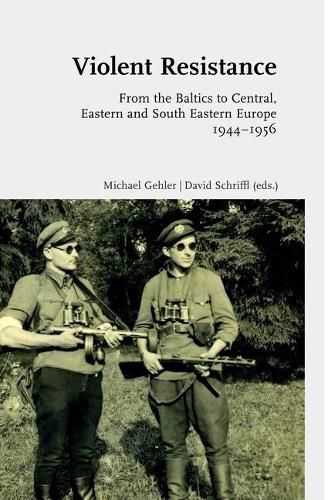Readings Newsletter
Become a Readings Member to make your shopping experience even easier.
Sign in or sign up for free!
You’re not far away from qualifying for FREE standard shipping within Australia
You’ve qualified for FREE standard shipping within Australia
The cart is loading…






The end of the Second World war did not mean the end of violence for many regions in Eastern Europe. The establishment of Communist-led governments often met not only civil but also armed resistance. These actions were taken by partisan groups and paramilitary forces which in some cases had been formed already during the war to support axis forces. In other cases - like Poland’s Armia Krajowa - they fought Nazi and Soviet occupiers with the same fervour. The aims of the fighters were the end of Communist rule and - like in the Baltic region - independence from the Soviet Union. Difficulties in accessing sources and research taboos as well as a focus on other aspects of the Cold War are reasons why violent resistance in Europe after the Second World War is a topic yet rather underestimated and comparably little investigated by historiography. This book gives a comprehensive first overview of the ultimately futile attempts to end the rule of Moscow and her proxies.
$9.00 standard shipping within Australia
FREE standard shipping within Australia for orders over $100.00
Express & International shipping calculated at checkout
The end of the Second World war did not mean the end of violence for many regions in Eastern Europe. The establishment of Communist-led governments often met not only civil but also armed resistance. These actions were taken by partisan groups and paramilitary forces which in some cases had been formed already during the war to support axis forces. In other cases - like Poland’s Armia Krajowa - they fought Nazi and Soviet occupiers with the same fervour. The aims of the fighters were the end of Communist rule and - like in the Baltic region - independence from the Soviet Union. Difficulties in accessing sources and research taboos as well as a focus on other aspects of the Cold War are reasons why violent resistance in Europe after the Second World War is a topic yet rather underestimated and comparably little investigated by historiography. This book gives a comprehensive first overview of the ultimately futile attempts to end the rule of Moscow and her proxies.